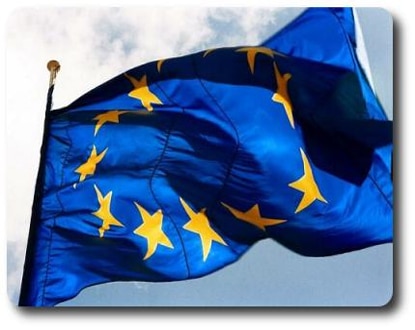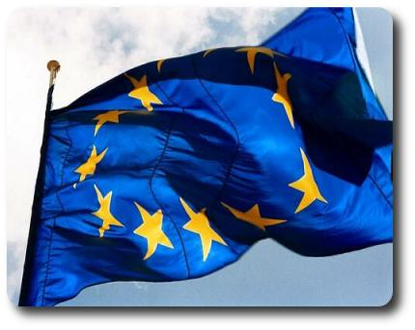The majority of Europeans consider that achieving Europe’s political unity will be the culmination of more than two millennia of shared destiny. Is an economic policy agenda to revive growth possible?

Unfortunately, the financial crisis has not only highlighted the technical and institutional weaknesses of the original concept of the single currency but has also challenged the very possibility of collaboration between countries that are sometimes so different.
Citizens have gradually lost confidence.
Exiting the crisis is impossible without growth. And, restoring growth requires solving two issues: the gap between the North and South zones, which demands a more balanced and symmetrical adjustment between the two, and the slow growth of Europe as a whole.
In Europe, particularly in the eurozone, the priority given to fiscal consolidation has slowed recovery, reduced household and business incomes, and delayed the financial system’s adjustment, thereby weakening the fundamental transmission channel of monetary policy.
To overcome the crisis, new sources of growth need to be activated and promoted. Otherwise, what awaits Europe is a scenario of semi-stagnation, creeping deflation, and modest job creation.
We must focus on an ambitious scenario to strengthen the architecture of the monetary union and thus revive growth and well-being.
The economic policy agenda to meet this challenge might include the following chapters:
- A strong banking union, with the pooling of appropriate resources
- A fiscal consolidation policy with a reasonable pace of debt reduction, articulated in terms of taxes and charges oriented towards growth and social equity
-
An allocation of European budget resources in favor of innovation and growth
-
The complete realization of the internal market through the liberalization of services
-
The creation of a European innovation network with the introduction of a European patent and networking of national research systems
-
A policy of structural reforms aimed at stimulating innovation
-
The Transatlantic Trade and Investment Partnership (TTIP) – commonly known as TAFTA – aiming to reduce or even eliminate trade barriers (tariffs and non-tariff barriers).*
-
The creation of a common energy market
Structural reforms, which simultaneously present costs and benefits, require building a consensus. To exit the current situation, a new contract will be necessary between the North and South zone, and generally among all European countries.
The history of international relations shows that agreements between countries can be achieved if certain conditions are met: among these, the most important is undoubtedly the willingness to share a common long-term project.
Finally, between euro-dogmatism, the child of the anthropological conception of Protestant morality, and the euroscepticism of populist clerics, it is certainly possible to pursue something more pragmatic to realize the European dream: Refuse to go backwards to make a leap forward!
by Garibaldino



